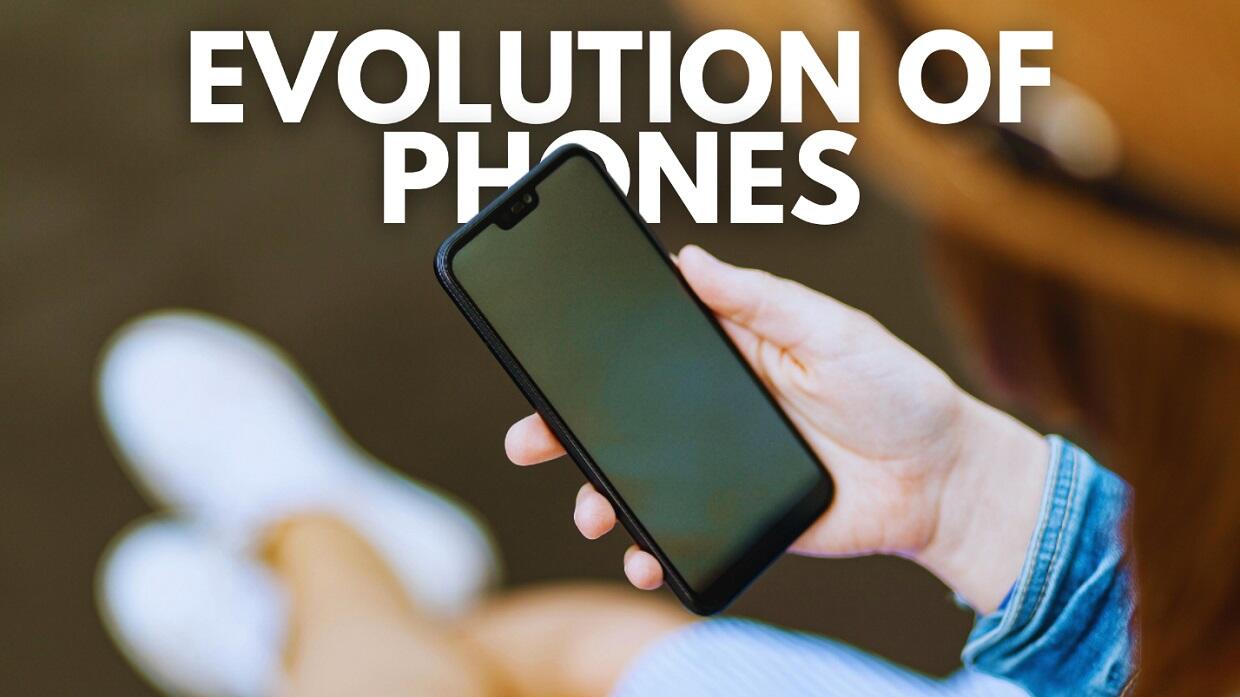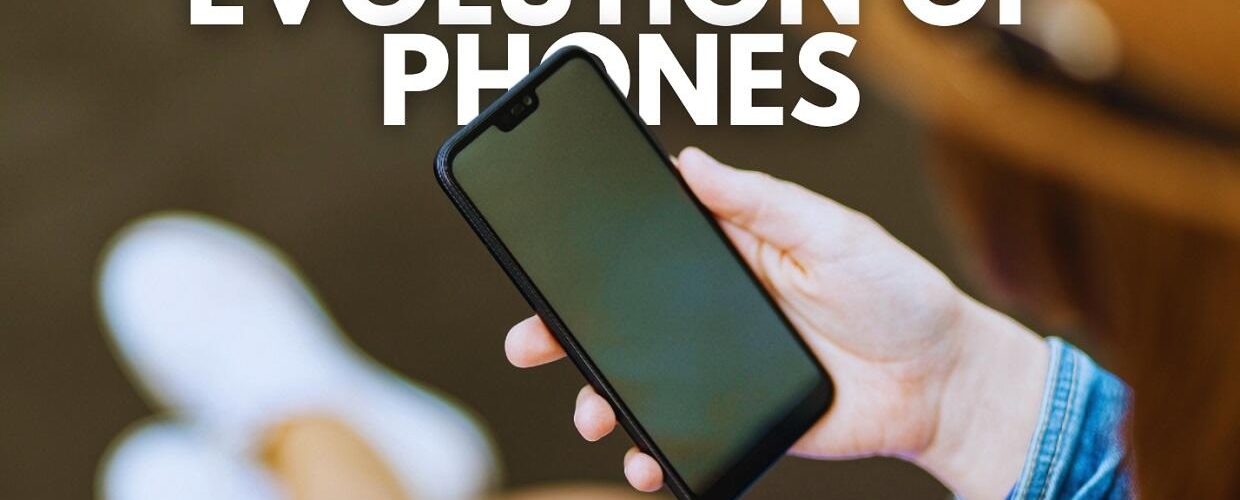The mobile phone has transformed drastically over the decades, evolving from a simple communication device to a comprehensive tool that has become an integral part of daily life. With advancements in technology and the constant demand for simplified connectivity, mobile phones have transitioned from bulky handsets to sleek smartphones loaded with features.
This journey of innovation tells a captivating story of how mobile phones revolutionized the way humans interact, gather information, and stay connected to the world.

Meanwhile, if you are searching for the newest Tongits evolution, well check out GTCC. The GameZone Tablegame Champions Cup is the first-ever e-sports style Tongits tournament in the Philippines.
The humble beginnings: The birth of mobile communication
The history of mobile phones traces back to April 3, 1973, when Martin Cooper of Motorola made the first mobile phone call using the Motorola DynaTAC. Weighing nearly 2.5 pounds and measuring over a foot long, the device was nicknamed “the brick” due to its size and weight. While revolutionary at the time, its steep price (around $4,000 in today’s currency) and limited functionality made it inaccessible to the general public.
These early cell phones were primarily targeted at professionals and executives who needed on-the-go communication. These devices had minimal features: making calls and holding a battery charge for only about 30 minutes of talk time. Nevertheless, their introduction marked the beginning of wireless communication.
1980s and 1990s: The rise of mobile phone networks
The 1980s proved pivotal for the mobile phone industry as the development of first-generation cellular networks (1G) laid the groundwork for mobile communication. Phones like Motorola’s DynaTAC and Nokia’s early models became popular among influential figures and corporations, signaling the potential for mass-market adoption.
By the late 1980s, the size of mobile phones began shrinking due to advances in battery technology and design. Companies like Nokia and Ericsson introduced slightly smaller models that were more portable—even if they still required shoulder bags or car mounts due to their bulk. The Motorola MicroTAC released in 1989 was a notable breakthrough, allowing people to carry phones in their pockets.
The 1990s ushered in the era of second-generation cellular networks (2G), with GSM (Global System for Mobile Communications) technology becoming the standard. With better signal clarity and coverage, phones began incorporating text messaging capabilities, enabling the first SMS (short message service) in 1992. The Nokia 1011 became an iconic device in this era as users gained access to text messaging alongside calling.
Towards the late 1990s, cell phones began sporting more stylish and user-friendly designs. Devices like the Nokia 3210 and Motorola StarTAC introduced features like custom ringtones and the beloved interchangeable cases, making phones more personalized and less of a professional-only gadget.
2000s: Smaller, smarter, and more accessible
The 21st century heralded an era of rapid innovation for mobile phones. Mobile communication was no longer limited to the elite; phones became cheaper and accessible to the average consumer. Several key advancements shaped this decade, including:
The rise of feature phones
By the early 2000s, mobile phones had grown smaller, more colorful, and more functional. Feature phones dominated the market, offering users a simple interface, polyphonic ringtones, games like Snake, and the ability to send MMS (multimedia messaging service). Nokia cemented its legacy with models such as the Nokia 3310 and Nokia 1100, which were known for reliability and popular among millions worldwide.
Brands like Sony Ericsson and Motorola also competed fiercely, introducing stylish flip phones, like the Razr V3, which became a cultural icon. These premium designs often combined functionality with aesthetics.
Introduction of cameras and multimedia
The ability to take photos revolutionized the mobile phone landscape in the early 2000s. In 2000, Sharp introduced the first camera phone—the J-SH04—in Japan, kicking off the trend of integrating photography into mobile devices. By the mid-2000s, almost all phones featured cameras, while other capabilities like video playback and MP3 players became standard.
Phones like the Sony Ericsson K750i and Nokia N95 stood out for their versatile multimedia options. The Nokia N95, launched in 2006, was one of the earliest phones marketed as a “multimedia computer” due to its robust camera and advanced features like GPS and internet browsing.
The introduction of smartphones: 2007 and beyond
While smartphones existed before 2007, the release of Apple’s iPhone that year marked a turning point for the industry. The smartphone era officially took off as touchscreens, mobile apps, and seamless internet integration became the norm.
Apple iPhone: Redefining smartphones
Launched by Steve Jobs, the iPhone broke boundaries by introducing a capacitive touchscreen, eliminating the need for physical keypads. Bundled with intuitive functionality, the iPhone merged communication, entertainment, and productivity into a single device. Its App Store, introduced after the original iPhone, allowed developers to create apps for virtually any purpose, further expanding its use cases.
The Android boom
Around the time Apple was revolutionizing the mobile phone industry, Google’s Android operating system began gaining traction. In 2008, HTC released the HTC Dream, the world’s first Android smartphone. Android quickly became a competitor to iOS as it allowed manufacturers like Samsung, LG, and Huawei to create a wide range of affordable smartphones for a global audience.
Thanks to Android’s versatility, smartphones became increasingly accessible to users in developing markets. Phones like the Samsung Galaxy series pushed boundaries with larger screens, better cameras, and wireless capabilities. By the mid-2010s, Android dominated the global market while Apple maintained a loyal base of users with its premium devices.
The smartphone revolution: Features that changed the world
The evolution of mobile phones was no longer just about communication—it became a tool for education, health, entertainment, and business. Here are key innovations that defined the smartphone revolution:
High-quality cameras
Smartphones replaced traditional cameras as devices like the iPhone X and Google Pixel integrated professional-grade lenses capable of capturing stunning photos and videos. Users could now document their lives, shoot content for social media, and collaborate creatively without the need for external equipment.
App ecosystems
The development of app ecosystems turned mobile phones into multifunctional devices. Today, app marketplaces like Google Play and the App Store offer millions of downloadable apps for gaming, streaming, fitness, education, online shopping, and more.
Mobile internet
The introduction of third-generation (3G) and fourth-generation (4G LTE) networks enabled faster internet browsing, video streaming, and real-time online collaboration. With 5G networks now rolling out, the capacity for instantaneous connectivity has further expanded, paving the way for advanced technologies like augmented reality (AR) and virtual reality (VR).
Biometric security
Fingerprint scanners, facial recognition, and voice authentication became standard in modern smartphones, ensuring personal information stays secure while enhancing convenience.












Add comment